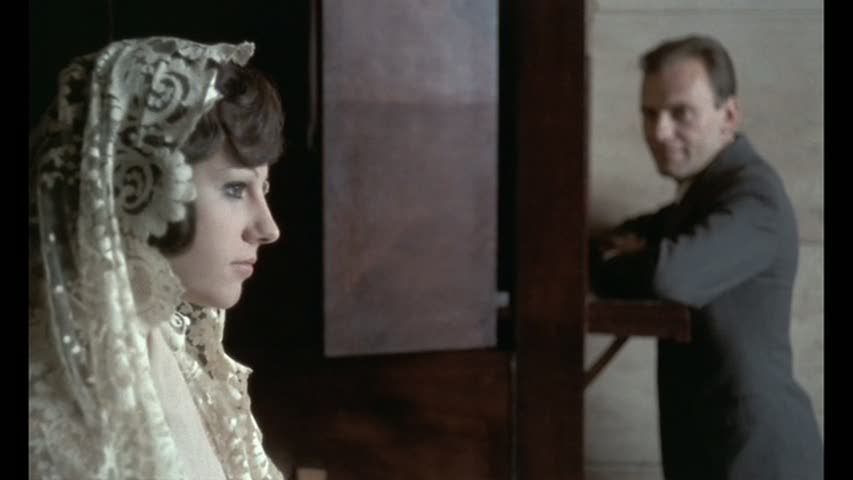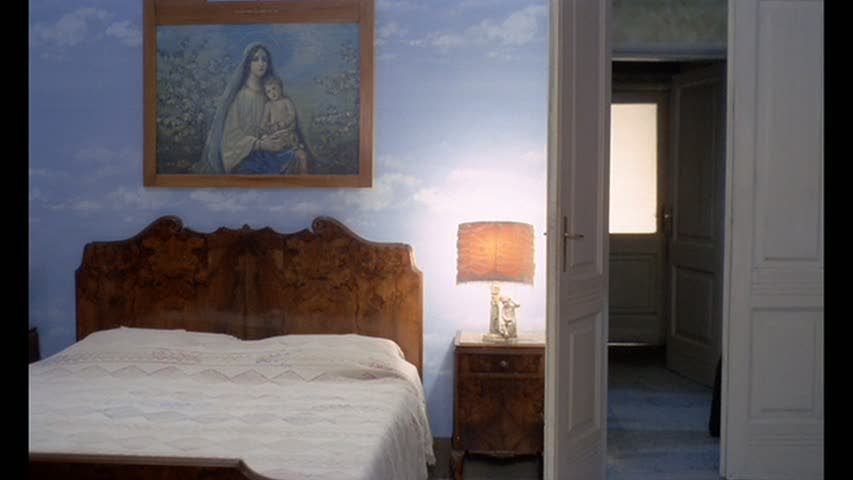As cinematographers, we are called upon to help directors tell their stories through manipulation of visual images. Human beings "see" things through a combination of the optics of the eye, the brain and the connections to the brain which filter and focus our attention on the things we are seeing. A camera does not have this eye/brain connection and so a cinematographer uses light, lenses and composition to mimic human visual perception.
Just one example is white balance. The eye/brain constantly adjusts our vision so as to see objects as if they are lit by white light. Without some type of auto white balance, a camera does not make that kind of adjustment and accurately reports the amount of red, green and blue light reflected from an object. Therefore, a cinematographer adjusts white balance so that the camera records what a viewer might see if they were standing in that location. If he does not, the room will appear reddish or bluish or greenish and will appear unnatural to a viewer. This is a bit of a simplification and ignoring artistic
considerations to make the point that cinematographers adjust camera and lights to record the perception of a place, not the physics of a place, to help directors tell their stories.
Another tool for adjusting the physics of a place is depth of field. Cinematographers will often use shallow depth of field on a close up. This mimics the perception we have when we are in conversation with someone. We focus on the person's face and the rest of the location we are in tends to disappear from our perception as we converse. In another post, Rakesh made the point that he hears cinematographers claim that shallow (or deep) depth of field makes a film more "cinematic". He goes on to say -- I believe quite correctly -- that depth of field is just one tool in a cinematographer's kit.
So, when would you use shallow or deep depth of field to tell part of a story? Would there ever be a case where you would use deep depth of field on a close up?
Just one example is white balance. The eye/brain constantly adjusts our vision so as to see objects as if they are lit by white light. Without some type of auto white balance, a camera does not make that kind of adjustment and accurately reports the amount of red, green and blue light reflected from an object. Therefore, a cinematographer adjusts white balance so that the camera records what a viewer might see if they were standing in that location. If he does not, the room will appear reddish or bluish or greenish and will appear unnatural to a viewer. This is a bit of a simplification and ignoring artistic
considerations to make the point that cinematographers adjust camera and lights to record the perception of a place, not the physics of a place, to help directors tell their stories.
Another tool for adjusting the physics of a place is depth of field. Cinematographers will often use shallow depth of field on a close up. This mimics the perception we have when we are in conversation with someone. We focus on the person's face and the rest of the location we are in tends to disappear from our perception as we converse. In another post, Rakesh made the point that he hears cinematographers claim that shallow (or deep) depth of field makes a film more "cinematic". He goes on to say -- I believe quite correctly -- that depth of field is just one tool in a cinematographer's kit.
So, when would you use shallow or deep depth of field to tell part of a story? Would there ever be a case where you would use deep depth of field on a close up?








